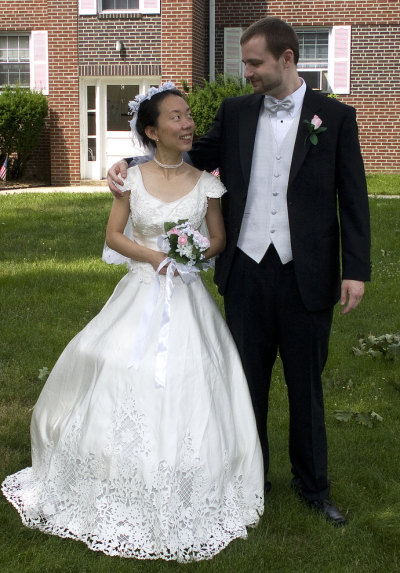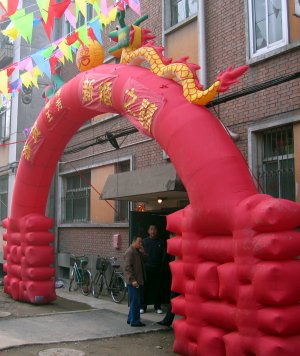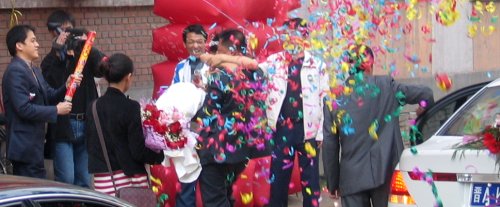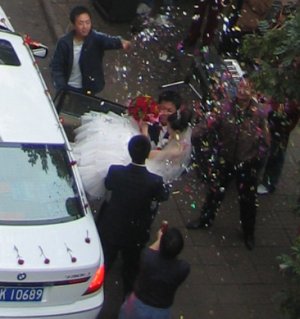DIY Wedding: Self-Uniting Marriage
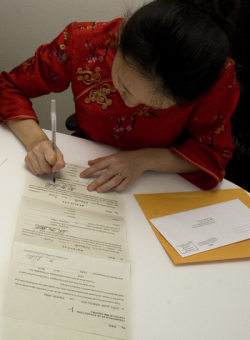
We thought it would be nice to have an easy simple wedding. Luckily we’re in Pennsylvania where, thanks to an historical abundance of Quakers, they have self-uniting weddings. Unlike normal wedding which require a priest or official, self-uniting weddings only need two witnesses. It sounded kind of cool to do our own wedding, so we gave it a shot.
So we went to the local Orphan’s Court (a nice pleasant sounding name) office to get our license. Things were going smoothly but once we asked for a self-uniting license, the clerk immediately asked us if we were Quakers and, when we said we were not, refused to let us register. Now I’m no legal scholar but when a government official asks your religion and then denies you service based on your answer, it sure sounds like somebody is mixing their church with their state. This was especially annoying because I had already read up on things and knew that the ACLU and a couple who wanted a self-uniting marriage had already brought the case to court and won. But I’m no lawyer and Philadelphia’s (more sensible) court house is just as close so we just went there the next day. The downtown Philadelphia clerks didn’t hassle us (although they are strangely very strict about having some piece of paper with your social security number on it) and we paid the extra $10 for a self-uniting license and got our license a few days later.
So, if you’re getting married in Pennsylvania and want to do your own ceremony, a self-uniting license might be slightly more hassle but should be pretty easy to get either by calling the ACLU or going to a non-backwater clerk (e.g. not Delaware County). A self-uniting marriage might also be a good option for people who want a friend or relative to marry them since Pennsylvania is currently invalidating marriages by ministers it doesn’t like (again I’m no lawyer but how does that sound at all constitutional?).
